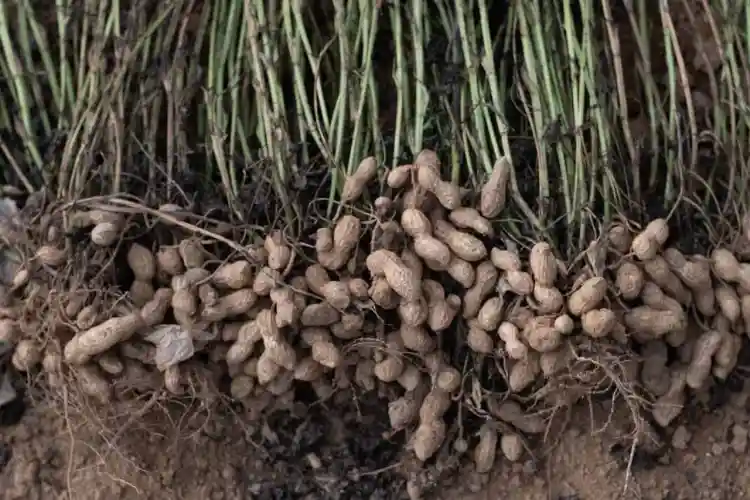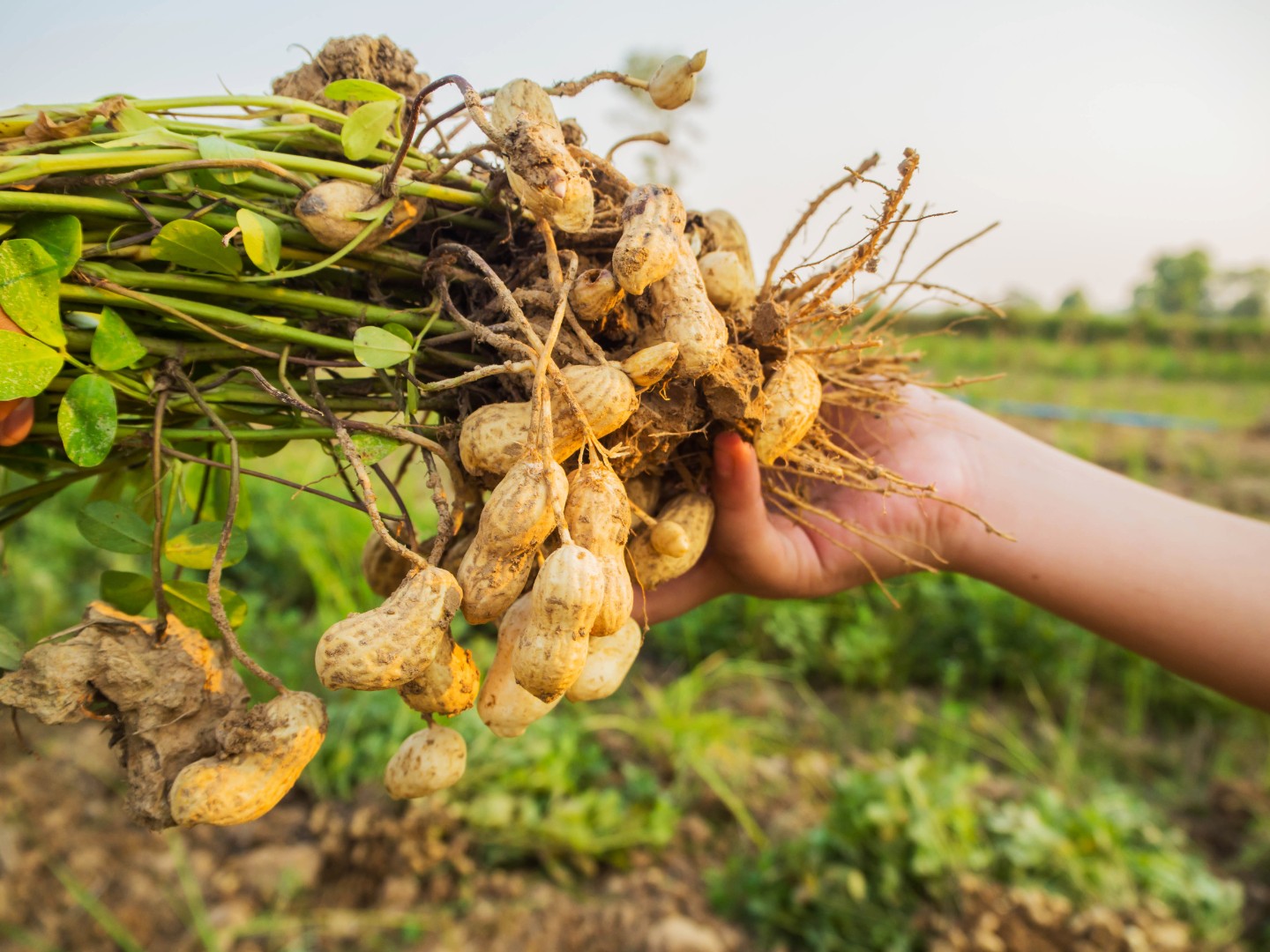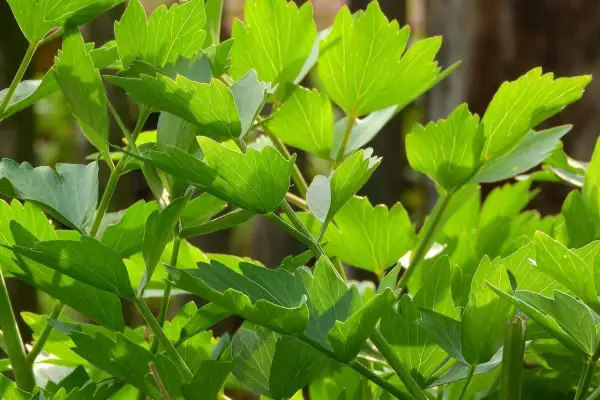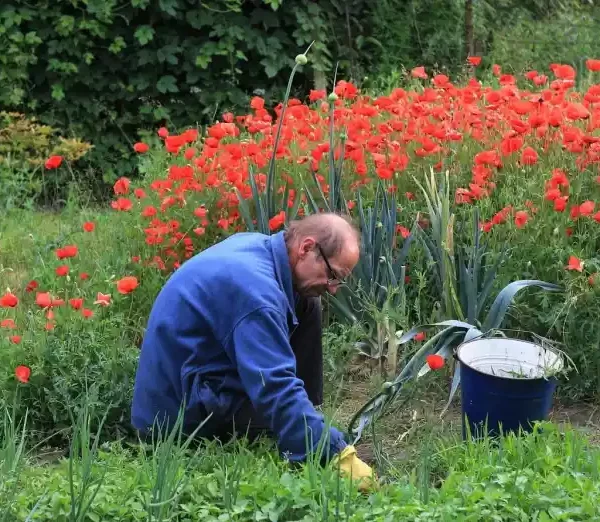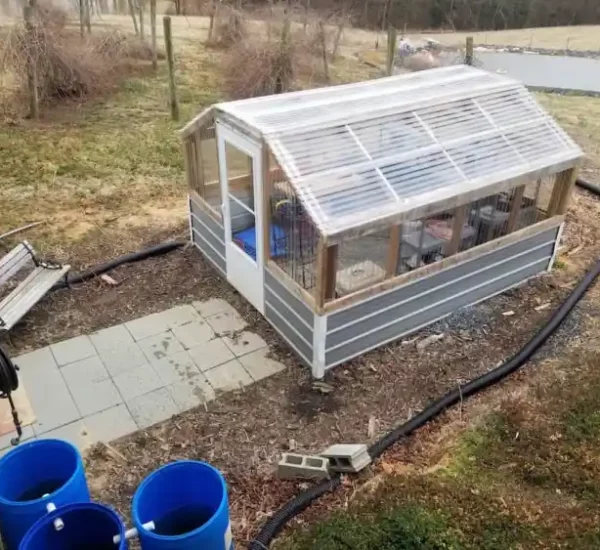Growing peanuts can be a rewarding experience for gardeners, but it requires careful attention to soil conditions, climate, and cultivation techniques. In this expert guide, we’ll explore the factors that influence peanut cultivation and provide tips for successful growth.
Understanding Peanut Cultivation
Peanuts, scientifically known as Arachis hypogaea, are legumes that thrive in warm climates with well-drained soil. They require a relatively long growing season, typically 4 to 5 months, to reach maturity. Understanding the basic requirements of peanut cultivation is essential for successful growth.
Soil Requirements
Peanuts prefer sandy, loamy soil with good drainage to prevent waterlogging, which can lead to rotting of the pods. A pH range of 5.8 to 6.2 is ideal for optimal growth. Before planting, amend the soil with organic matter to improve its texture and fertility.
Climate Considerations
Peanuts are warm-season crops that require plenty of sunlight and temperatures between 70°F and 90°F (21°C to 32°C) for optimal growth. Frost can damage peanut plants, so it’s essential to plant them after the last frost date in your area. In regions with short growing seasons, starting peanuts indoors or using protective covers can extend the growing period.
Planting Peanuts
Plant peanuts directly in the garden once the soil has warmed to at least 65°F (18°C). Sow seeds 1 to 2 inches deep and 6 to 8 inches apart in rows spaced 24 to 36 inches apart. Peanuts can also be planted in raised beds or containers filled with well-draining soil.
Watering and Maintenance
Keep the soil consistently moist but not waterlogged throughout the growing season, especially during flowering and pod development. Avoid overhead watering to prevent fungal diseases. Regularly weed the garden to reduce competition for nutrients and water.
Fertilization
Peanuts have moderate fertility requirements and benefit from a balanced fertilizer application before planting. Avoid high-nitrogen fertilizers, as they can promote excessive vegetative growth at the expense of pod development. Side-dress with additional fertilizer once the plants begin to flower.
Pest and Disease Management
Monitor peanut plants regularly for signs of pests such as aphids, thrips, and nematodes, as well as diseases like leaf spot and rust. Implement cultural practices such as crop rotation and sanitation to minimize pest and disease pressure. Consider using organic pesticides and fungicides as needed.
Harvesting Peanuts
Peanuts are ready for harvest when the leaves turn yellow and the pods mature, typically 120 to 150 days after planting. Carefully lift the entire plant from the ground and shake off excess soil. Allow the plants to dry in a warm, well-ventilated area for 7 to 10 days before removing the peanuts from the pods.
Curing and Storage
After harvesting, cure the peanuts by allowing them to air-dry for an additional 2 to 4 weeks in a warm, dry location. Once fully cured, store the peanuts in a cool, dry place in well-ventilated containers. Properly cured and stored peanuts can last for several months.
Additional Resources
For more detailed information on growing peanuts, consult resources from reputable horticultural bodies such as the University Cooperative Extension Services or agricultural universities. Websites like the United States Department of Agriculture (USDA) and academic publications provide valuable insights and research-based recommendations for successful peanut cultivation.
By following these guidelines and tapping into reliable resources, gardeners can enjoy the satisfaction of growing their own peanuts and harvesting a bountiful crop.
Frequently Asked Questions: Are Peanuts Easy to Grow?
Are peanuts suitable for beginner gardeners?
Yes, peanuts can be grown by beginners, but they require attention to specific growing conditions such as soil type, climate, and maintenance practices.
What kind of soil do peanuts prefer?
Peanuts thrive in well-drained sandy or loamy soil with a pH range of 5.8 to 6.2. Soil that retains too much water can lead to rotting of the peanut pods.
Can peanuts tolerate cold weather?
Peanuts are warm-season crops and are sensitive to frost. They require temperatures between 70°F and 90°F (21°C to 32°C) for optimal growth and should be planted after the last frost date in your area.
How long does it take for peanuts to mature?
Peanuts typically require 4 to 5 months to reach maturity from the time of planting. The exact time may vary depending on the variety and growing conditions.
Do peanuts need a lot of water?
Peanuts require consistent moisture throughout the growing season, especially during flowering and pod development. However, it’s essential to avoid waterlogging the soil, as this can lead to fungal diseases.
Can peanuts be grown in containers?
Yes, peanuts can be grown in containers filled with well-draining soil. Choose large containers to accommodate the plant’s root system and ensure adequate drainage.
Do peanuts require fertilization?
Peanuts have moderate fertility requirements and benefit from a balanced fertilizer application before planting. Additional fertilization may be necessary during the growing season, depending on soil conditions and plant health.
What pests and diseases are common in peanut plants?
Common pests that affect peanut plants include aphids, thrips, and nematodes, while diseases such as leaf spot and rust can also pose challenges. Implementing integrated pest management practices can help minimize these issues.
How do you know when peanuts are ready to harvest?
Peanuts are ready for harvest when the leaves turn yellow, and the pods mature, typically 120 to 150 days after planting. Carefully lift the entire plant from the ground and shake off excess soil.
Can harvested peanuts be stored for later consumption?
Yes, properly cured and stored peanuts can last for several months. After harvesting, cure the peanuts by allowing them to air-dry for an additional 2 to 4 weeks in a warm, dry location before storing them in a cool, dry place.
- Best THC Sodas to Buy in Arkansas - May 28, 2025
- Exploring THC-Infused Sodas in Arkansas - May 28, 2025
- THC Beverages Now Trending in Alabama - May 28, 2025

